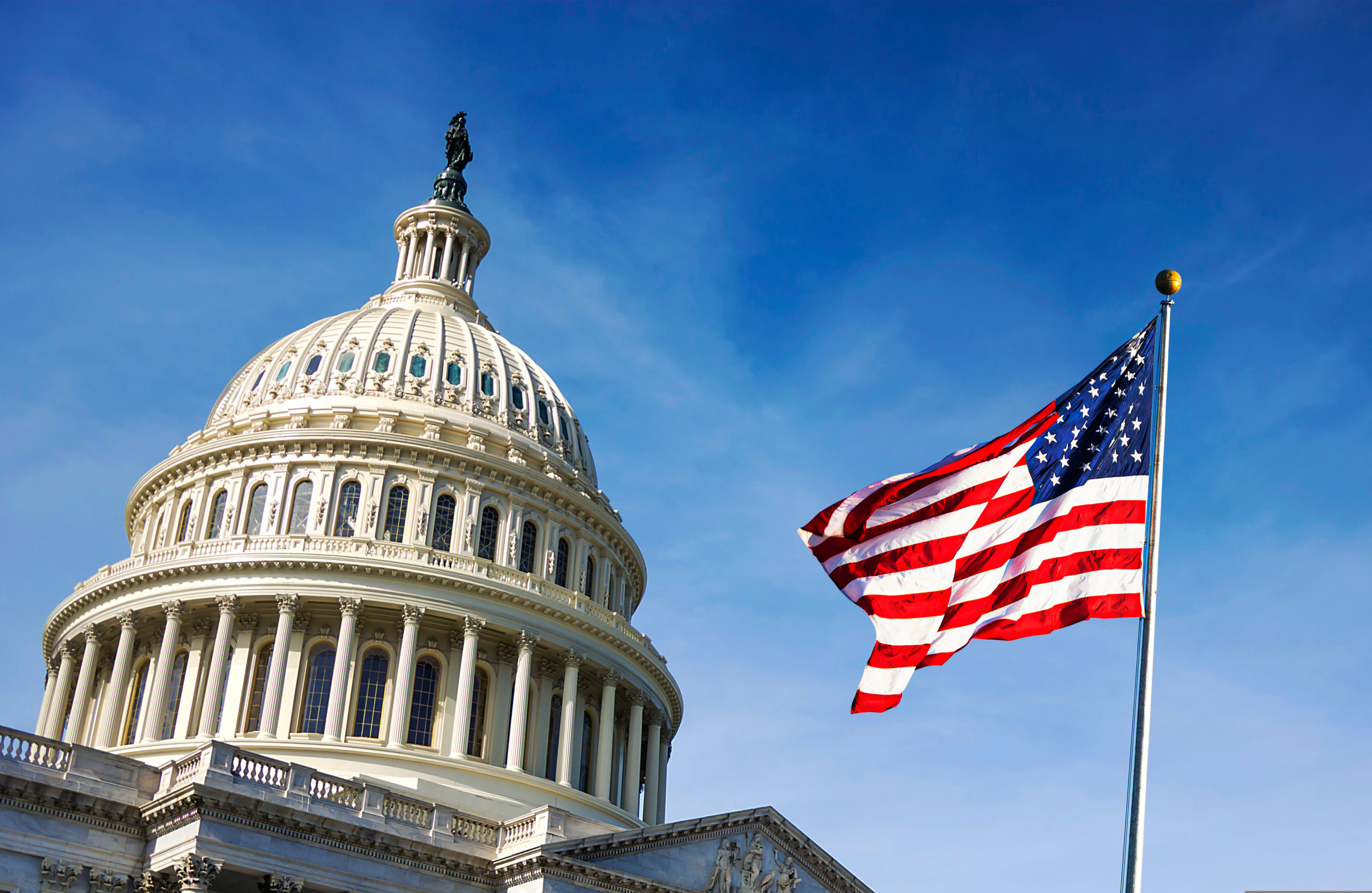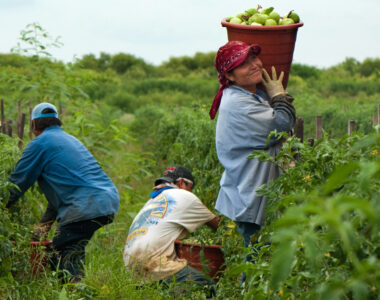
The Senate budget bill farm safety net improvements are moving forward as lawmakers push to pass the plan before the July 4th holiday. The bill offers more protection for farmers but makes deep cuts to nutrition programs like SNAP. This mix of support and controversy has farm groups speaking out.
What Are the Senate Budget Bill Farm Safety Net Improvements?
This bill boosts key farm programs designed to help producers during price drops, natural disasters, or economic downturns. Here’s what farmers can expect:
- Higher Price Guarantees: The bill raises reference prices for programs like Price Loss Coverage (PLC) and Agriculture Risk Coverage (ARC). Farmers will get more support when crop prices fall below certain levels.
- Increased Payment Limits: Payment caps for these programs rise from $125,000 to $155,000. Future adjustments will keep pace with inflation.
- Expanded Program Eligibility: Up to 30 million more acres can be enrolled in farm safety net programs based on recent production history.
- Guaranteed Support for 2025: Farmers will automatically receive whichever program—ARC or PLC—provides the most money for the 2025 crop year. Starting in 2026, farmers will choose between the two programs each year.
- More Aid for Livestock and Dairy: Dairy farmers get stronger Margin Coverage. Livestock producers see increased disaster relief.
- Trade and Research Funding: The bill boosts funding for trade promotion and specialty crop research, helping farmers access new markets and develop better crops.
Lawmakers say these changes will provide $67 billion in farm safety net improvements over 10 years.
How Do Farmers Feel About the Bill?
Farm groups are split on the Senate budget bill farm safety net improvements. Some support the changes. Others believe the bill hurts U.S. farmers by favoring foreign competition.
Ranchers Support the Bill
The National Cattlemen’s Beef Association (NCBA) backs the Senate plan. They say tax cuts and estate tax reforms will help ranchers keep their operations running for future generations.
“Lower taxes let families hold on to their land and pass it down,” said Ethan Lane, NCBA’s senior vice president for government affairs. “This is how we keep America’s agricultural legacy alive.”
Soybean Farmers Raise Concerns
The American Soybean Association (ASA) strongly opposes one key part of the bill. They believe the Senate plan fails to block foreign biofuel feedstocks from qualifying for U.S. tax credits. ASA President Caleb Ragland says this puts American soybean farmers at a disadvantage.
“Giving foreign competitors access to U.S. tax breaks undercuts American farmers,” Ragland warned. He also criticized the bill for ignoring the Trump administration’s “farmer-first” energy policies.
How the Bill Cuts SNAP and Medicaid
To pay for the Senate budget bill farm safety net improvements, lawmakers plan to cut spending on nutrition programs like SNAP and tighten Medicaid rules.
Republicans are using a process called reconciliation to pass the bill with only GOP support. That means they can bypass Democratic opposition.
The bill includes:
- Stricter Work Requirements: Adults up to age 65 must meet tougher work rules to stay eligible for SNAP benefits.
- Reduced Benefits for Immigrants: Some legal immigrants would lose access to nutrition programs.
- More State Costs: States must cover more SNAP costs if they make mistakes running the program.
Senate Agriculture Committee Chairman John Boozman defended the bill. He says it reflects Republican priorities and shows a “strong commitment” to rural America.
Critics disagree. They argue cutting food assistance will harm low-income families, especially in rural areas where food insecurity is already high.
Why This Matters for Farmers
Congress remains divided on a long-term, five-year farm bill. Lawmakers are using this budget bill to increase farm safety net funding now. They’re also advancing other Republican priorities like tax cuts, border security, and defense spending.
Many farm-state lawmakers see this as their best chance to deliver help to farmers before broader negotiations resume.
What’s Next for the Senate Budget Bill Farm Safety Net Improvements?
The Senate is racing to pass the bill before the July 4th holiday. Republicans must lock in nearly unanimous support from their members. All Democrats are expected to vote no after being excluded from negotiations.
If the Senate passes the bill, lawmakers will need to resolve differences between the House and Senate versions. Once they agree on final details, the bill will head to President Trump for his signature.
Final Thoughts
The Senate budget bill farm safety net improvements bring major changes to farm policy. Many producers welcome higher price supports, expanded eligibility, and lower taxes. But others worry about foreign competition and the impact of deep SNAP cuts on rural communities.
Farmers, ranchers, and families across the country are watching closely. What happens next will shape the future of agriculture—and food security—for years to come.
Sources: Farm Progress, Progressive Farmer



